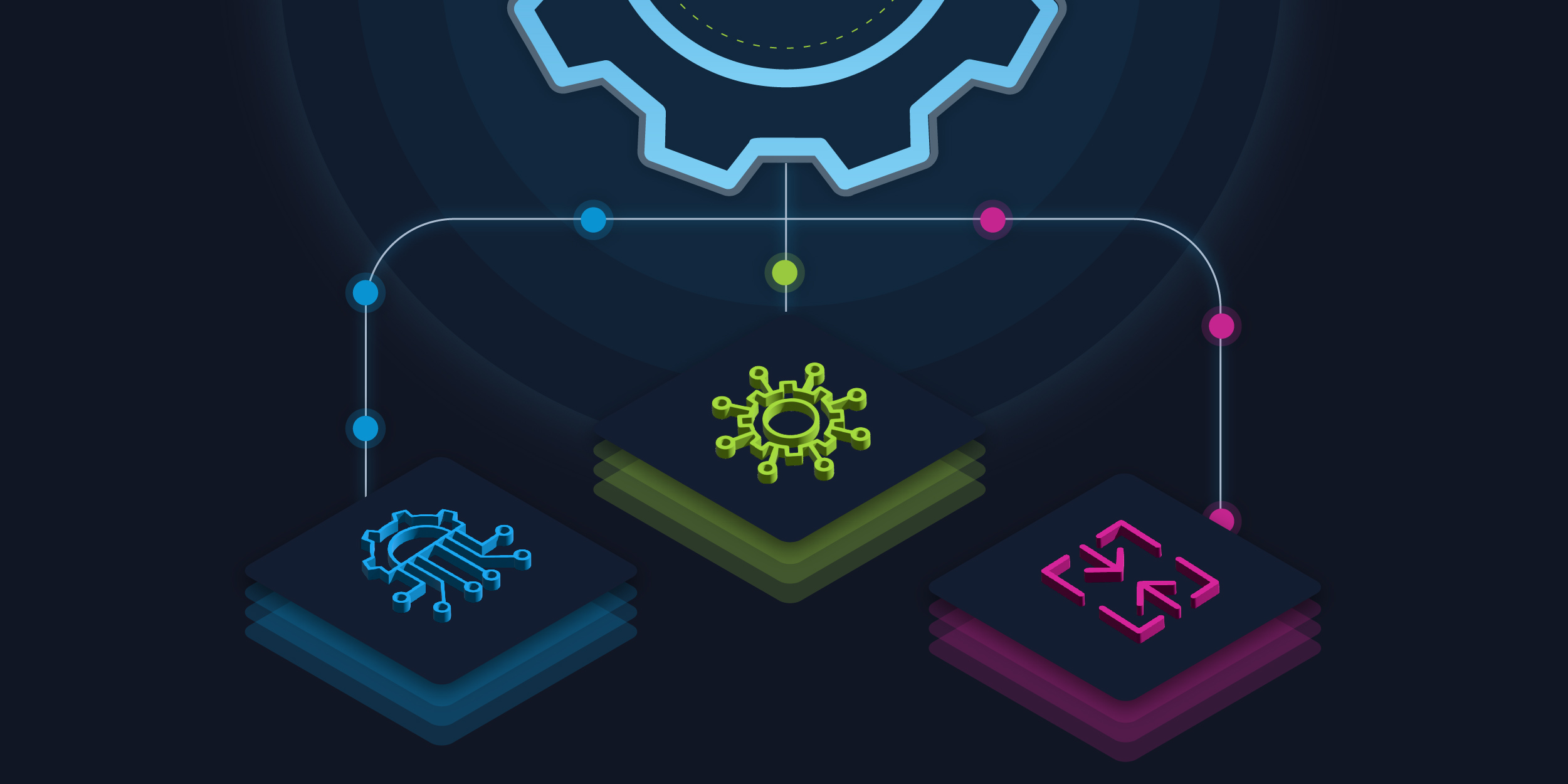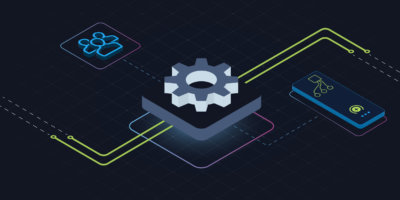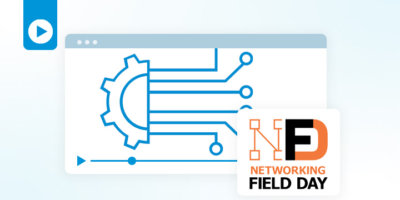Digital transformation initiatives have established momentum across many organizations, but the velocity of these initiatives varies greatly across teams and groups within organizations. Simpler elements of digital transformation gain greater velocity, while more complex areas of the business lag. Within the IT space, networking has proven to be one of these complex areas.
Failing to prioritize network automation during digital transformation planning and execution will negatively impact the network, the IT teams expected to support it, the company running on the network, and the customers impacted by those decisions.
However, many organizations find themselves getting stuck as the approaches they attempt for network automation are limited by:
- Lack of Reach: The inability to interact with multiple parts of the network, including external systems such as ITSM, authentication, messaging, and inventory systems, limits the percentage of an end-to-end change process that can be automated.
- Data Management: Information is stored all over the network, making it impossible to easily manage with a single source of truth. Automation platforms must have capabilities to federate data across multiple sources of truth to fit modern network infrastructure.
- Usability: Most automation platforms require engineers to learn how to code, limiting organizations’ abilities to create powerful automations without investing in significant reskilling.
Diving deeper into these challenges, we can determine the strategies and initiatives needed to achieve a successful network automation implementation that continues to support your digital transformation.
Understanding the Value of End-to-End Automation
For the math-inclined, Metcalfe’s Law posits that the value of a network increases proportionally as the square of the number of nodes in the network increases. For those of us who are mathematically challenged, what Metcalfe’s Law was attempting to do was illustrate how the value of a network grows exponentially with each new connection. For example, the value of a platform like Facebook was limited when the number of users and data was small, but as the number of Facebook users increased, the value of the platform increased dramatically, both to users and to the stock market. While there have been debates on the precision of the math in Metcalfe’s Law, the truth of the underlying idea is self-evident — value increases more than linearly as the number of connections increases.
It’s now time for the network automation industry to recognize the relevance of Metcalfe’s Law to network automation and how it can help address the challenges to automation implementations.
Extending the Reach of Automation Through Integration
Integration drives value — the more systems that an automation platform connects to, the more activities it can participate in. Each one of those connections replaces one or more manual steps that an engineer would normally need to perform on separate systems — including collecting appropriate data and then using it to perform a task.
If cost and effort weren’t a factor, network teams would adopt any and all tools that suit specific tasks, taking a ‘mass integration’ approach. The gating factors in most environments that prevent mass integration are cost and complexity. Integrations typically require developers to create and to maintain the integration code. Due to steep integration costs, organizations are forced to make difficult choices, which leads to prioritizing the systems they can afford to integrate immediately and eschewing long-term value.
But cost can no longer dictate priorities when it comes to network automation, and modern platforms like Itential are providing organizations with new options. The future of automation is driven by integrations, as the number of external systems that make up network infrastructure is only going up. The best solution going forward will be adopting automation platforms that take an integration-first approach, enabling no-cost integration to all external systems and allowing flexibility for future technology decisions. Only then can organizations properly extend the scope of their automation initiatives.
Managing Data Through Federation
Data federation is the ability to provide aggregation and harmonization of data from multiple sources, such as network and cloud controllers, inventory management systems, and performance systems. Since automations are only as good as the data available, federation becomes a required capability to manage the volume and variety of data that comes with large scale integration.
The aggregation of data via a federated system differs from the way traditional management systems collect information. Traditional systems rely on copying massive amounts of data to create a master database. This leads to issues concerning the timeliness and quality of the data in addition to ongoing synchronization challenges.
Federation eliminates these concerns and accommodates the rapid changes to the network by enabling your automation platform to query relevant sources of truth in real-time during the execution of an automation workflow, without the need for a central data source. This way, you avoid damaging inconsistencies and ensure your automations always use the most up-to-date information.
Eliminate Custom Coding through Data Transformation
The last historical hurdle has been how to extract information from one source and to modify it so that it can be sent to a target destination, such as a device. Even in relatively simple use cases, a change to a service might require information from multiple sources — such as an ordering system, an inventory system, and an IP address management system. The native structure and formats of this data will likely be very different between these different systems.
Historically, this meant an engineer would need to determine which fields would be relevant and which fields that data should map to for each step of a process that required data to be transformed. Then, they would create a script or some other code to parse the data, restructure it, and compose the payload.
To eliminate this time-consuming manual effort, complete data transformation is a necessity to manipulate and format data appropriately, without needing to develop extensive coding, ensuring that all integrated systems can speak the same language. Itential leverages JSON Schema to avoid prescribing a specific data model, which means any system that uses any data formats can easily be integrated into a larger automation workflow.
Most importantly, organizations must continuously dive into the three challenges mentioned above to be constantly aware of how to effectively extend the full scope of their network automation across systems, devices, and teams. Only by becoming aware of these obstacles and by implementing effective mitigating strategies can teams begin to work towards true end-to-end automation.
To learn more about how Itential addresses these challenges with our API-first approach, watch our on-demand webinar, How to Maximize the Power of Your Network With Itential’s Integrated Ecosystem Capabilities.
Article Originally Published on NetworkComputing.com.





